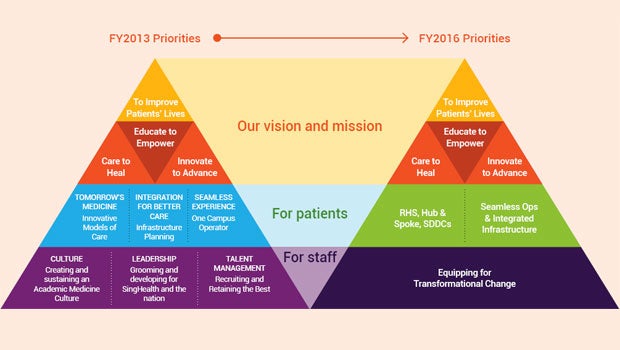

Fig. 2. Challenges in the local healthcare landscape. Click Here for a bigger version
Source: Department of Statistics Singapore, Ministry of Health Singapore
Against this backdrop, the six priorities have been tightened into three focus areas that are aligned to the Health Ministry’s directives, while still enabling us to pursue our goals as an AMC.
To truly provide the care that matters to our patients, we aim to look into ways in which we can provide a seamless experience for them. This means relooking our current model of providing care and making a paradigm shift towards one that facilitates greater, hassle-free access for patients depending on their needs, at any point in time.
The Regional Health System (RHS) will focus on aspects relating to preventive and person-centred care, especially in collaboration with community partners.
Other care delivery models, such as the Hub and Spoke and SingHealth Duke-NUS Disease Centres (SDDCs), will enable us to segment patients based on their conditions and needs, to deliver quality care in a timely manner.
Our people form the foundation for the transformative change that we want to bring to our patients. In continuing to equip our healthcare professionals with the relevant skills through training, advancement and development opportunities, we will be in a better position to truly put patients at the heart of all we do.
How will we turn our priorities into reality, and what does this mean for the healthcare professional and their patients? Find out in Part Two: The gaping hole in our current healthcare system.
Get the Health Buddy App
© 2025 SingHealth Group. All Rights Reserved.













 Get it on Google Play
Get it on Google Play